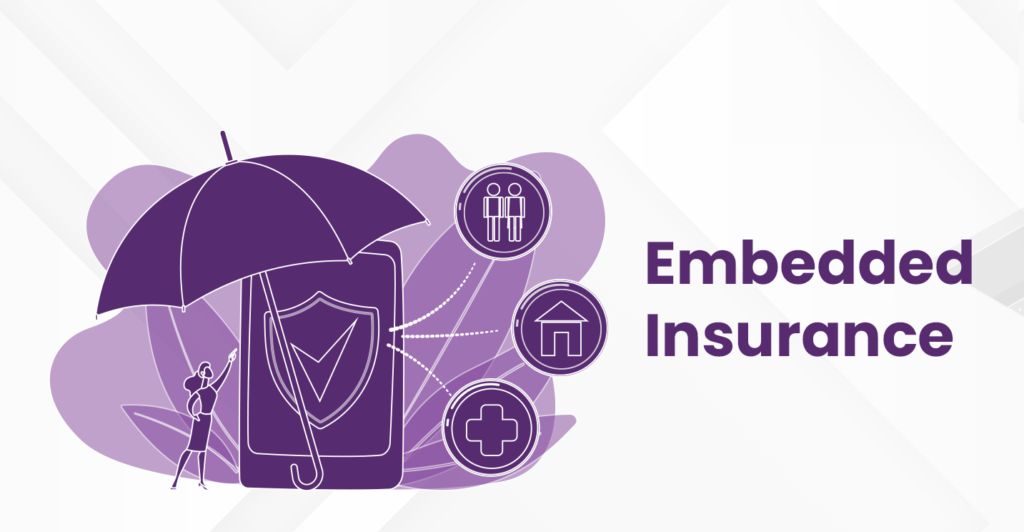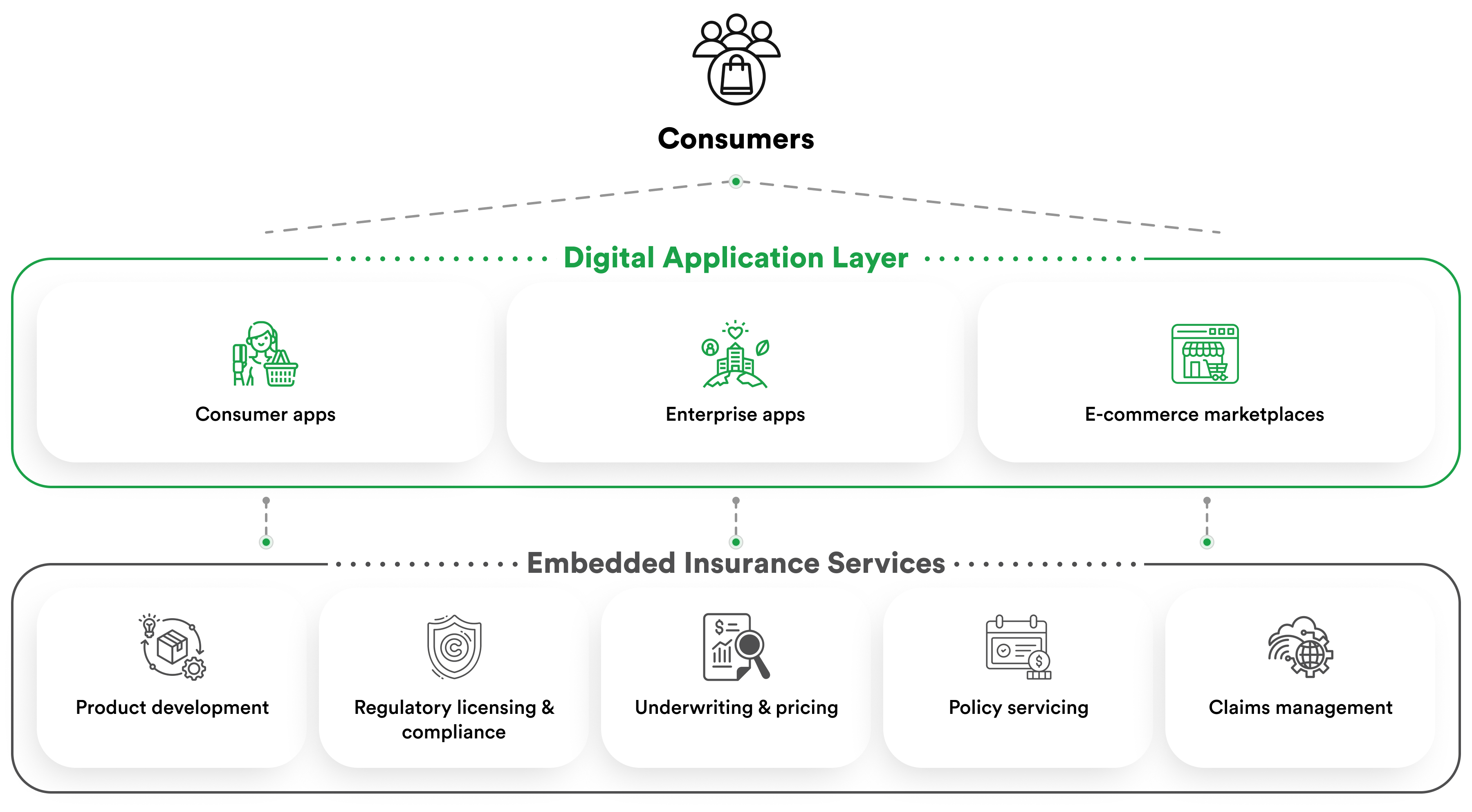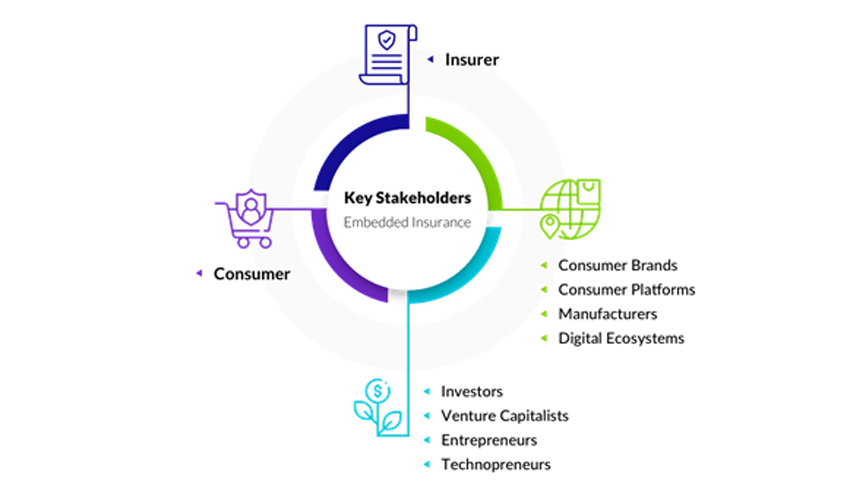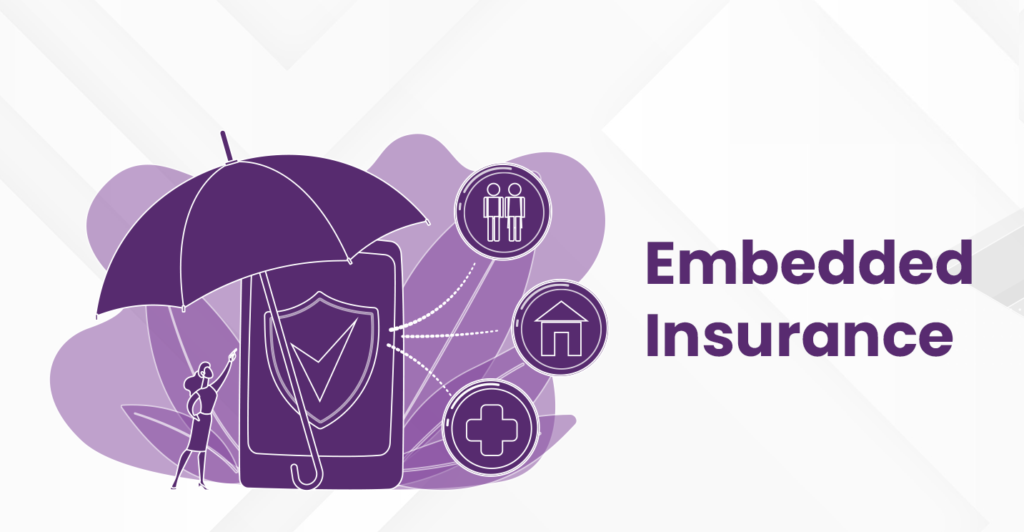Embedded Insurance: Transforming Risk Coverage in the Digital Age

Embedded insurance is reshaping the insurance sector by seamlessly integrating coverage into products and services. As consumer preferences shift toward convenience and instant access, this innovative model bridges the gap between insurance providers and policyholders, offering protection exactly where and when it’s needed.
In this article, we’ll explore what embedded insurance is, its benefits, challenges, and why it’s set to revolutionize the way we think about insurance.
What Is Embedded Insurance?
Embedded insurance refers to the integration of insurance products directly into the purchase process of goods or services. Unlike traditional insurance, which requires separate transactions and interactions, embedded insurance is designed to be part of the user journey—simplifying the process and ensuring consumers are protected in real time.
For example, when purchasing a smartphone online, embedded insurance might offer you instant coverage for damage or theft during checkout.
“Embedded insurance simplifies protection by meeting customers where they already are, reducing barriers to coverage.”

How Embedded Insurance Works
Embedded insurance is powered by technology platforms and API integrations that connect insurers with product or service providers. Here’s how it functions step by step:
- Partnerships: Insurers collaborate with businesses, such as retailers, travel companies, or ride-sharing platforms.
- API Integration: The insurer’s services are embedded into the partner’s platform through APIs.
- Real-Time Offerings: Customers are presented with tailored insurance options during their purchasing journey.
- Seamless Purchase: Policies are activated instantly without the need for a separate interaction with the insurer.
For instance, companies like Tesla include embedded insurance with their cars, offering dynamic pricing based on driving behavior.
Key Benefits of Embedded Insurance
Embedded insurance offers a range of benefits for consumers, businesses, and insurers alike:
1. Enhanced Convenience
Insurance becomes a natural part of the purchase process, eliminating the hassle of seeking separate policies.
2. Increased Adoption
Many consumers neglect insurance because of its complexity. Embedding it within familiar platforms boosts uptake.
3. Personalization
Using data-driven insights, embedded insurance tailors coverage to individual needs, ensuring relevance and value.
4. Revenue Growth for Businesses
Partnering with insurers creates a new revenue stream for companies while enhancing customer loyalty.
5. Cost Efficiency
Automation reduces administrative burdens, lowering costs for both insurers and consumers.

Examples of Embedded Insurance in Action
Embedded insurance is already making waves across various industries:
- Travel: Booking platforms like Expedia offer trip protection at checkout, covering cancellations or delays.
- E-commerce: Retailers like Amazon provide optional coverage for electronics and appliances during purchase.
- Mobility: Ride-sharing platforms like Uber include in-app insurance for drivers and passengers.
- Health: Fitness equipment manufacturers such as Peloton offer maintenance and injury protection embedded into their sales.
These real-world applications demonstrate the versatility and scalability of embedded insurance solutions.
Challenges of Embedded Insurance
Despite its advantages, embedded insurance is not without challenges:
1. Regulatory Complexities
Navigating varying insurance regulations across regions can be daunting.
2. Data Privacy Concerns
The collection and usage of personal data for tailored coverage raise privacy issues.
3. Risk of Overlapping Policies
Customers might unknowingly purchase redundant coverage, leading to dissatisfaction.
4. Education and Awareness
Many consumers remain unfamiliar with embedded insurance, necessitating educational initiatives.
“Addressing these challenges requires collaboration between insurers, partners, and regulators to create a customer-centric ecosystem.”
Why Embedded Insurance is the Future of Insurance
The rise of digital transformation and on-demand services makes embedded insurance a natural evolution in the insurance industry. Here’s why:
1. Changing Consumer Expectations
Modern consumers demand instant, hassle-free solutions. Embedded insurance aligns perfectly with this mindset.
2. Expansion of IoT and AI
Technologies like IoT enable insurers to offer dynamic policies—for instance, usage-based car insurance based on real-time driving data.
3. Democratizing Insurance
By embedding insurance into everyday transactions, previously underserved markets can access coverage effortlessly.
Comparison Between Traditional and Embedded Insurance
| Aspect | Traditional Insurance | Embedded Insurance |
|---|---|---|
| Purchase Process | Requires separate interaction | Integrated into purchase flow |
| Personalization | Limited | Highly tailored |
| Accessibility | Restricted | Available in real time |
| Uptake Rates | Moderate | High |
How Businesses Can Leverage Embedded Insurance
For businesses, integrating insurance offers a competitive advantage. Here’s how they can get started:
- Partner with Reputable Insurers: Collaborate with trusted providers to ensure quality coverage.
- Use Data Effectively: Leverage customer data to offer relevant policies.
- Prioritize User Experience: Ensure the insurance purchase process is seamless and unobtrusive.
- Invest in API Platforms: Work with robust technology platforms to enable smooth integration.
Learn more about how to implement embedded insurance solutions on platforms like Cover Genius.
FAQs About Embedded Insurance
1. What types of products can include embedded insurance?
Embedded insurance works for a wide range of products, including electronics, travel, mobility, and health services.
2. Is embedded insurance more expensive?
No, it’s often more cost-effective due to reduced overhead and simplified processes.
3. How does it benefit businesses?
Embedded insurance increases customer satisfaction, opens new revenue streams, and enhances brand loyalty.
4. Are claims handled differently in embedded insurance?
Claims are typically processed through the same platform where the policy was purchased, ensuring a streamlined experience.

Conclusion
Embedded insurance is more than just a trend—it’s a fundamental shift in how insurance is delivered and consumed. By embedding policies into existing ecosystems, this model simplifies the insurance experience while creating value for all stakeholders.
As technology advances and consumer expectations evolve, embedded insurance will become increasingly prevalent, ensuring that protection is accessible, personalized, and immediate.
Whether you’re a business looking to integrate insurance or a consumer seeking convenience, embedded insurance represents the future of risk management—one that’s as seamless as it is revolutionary.

